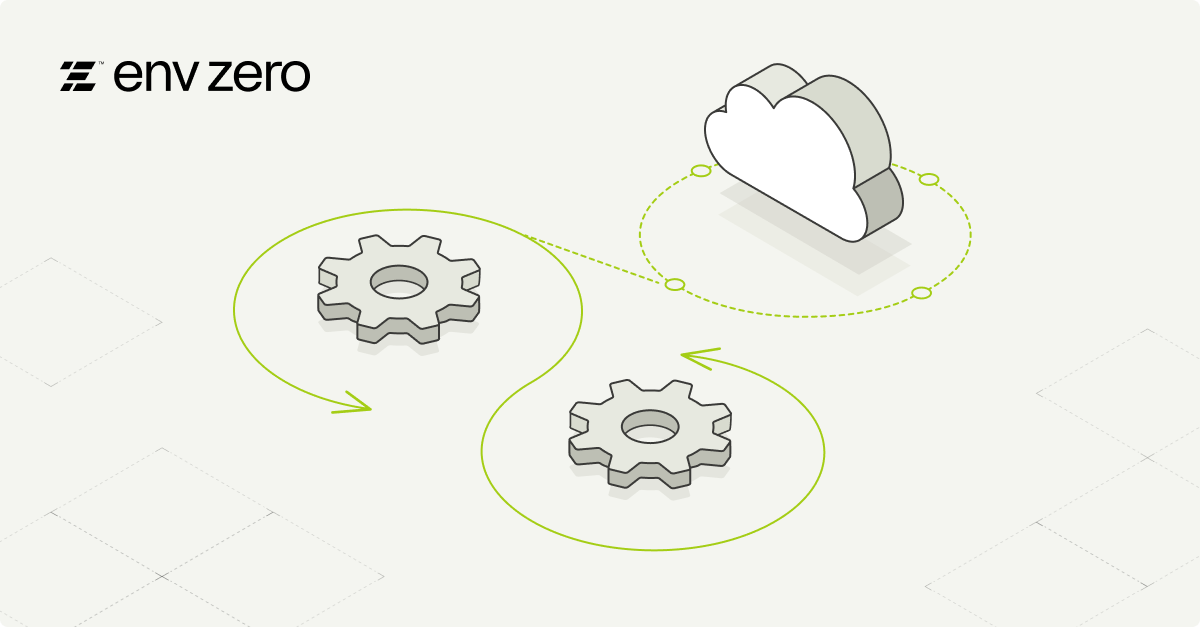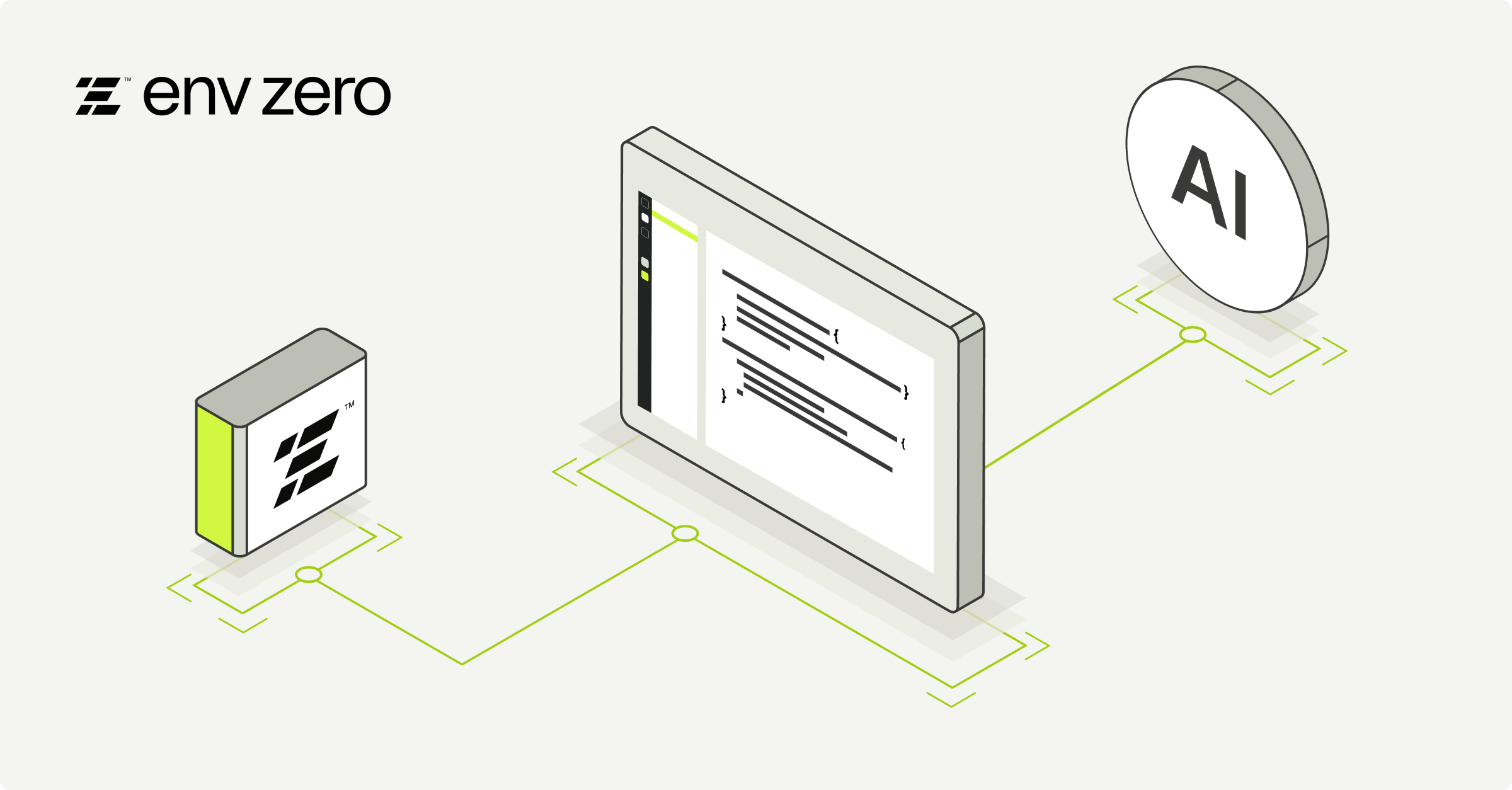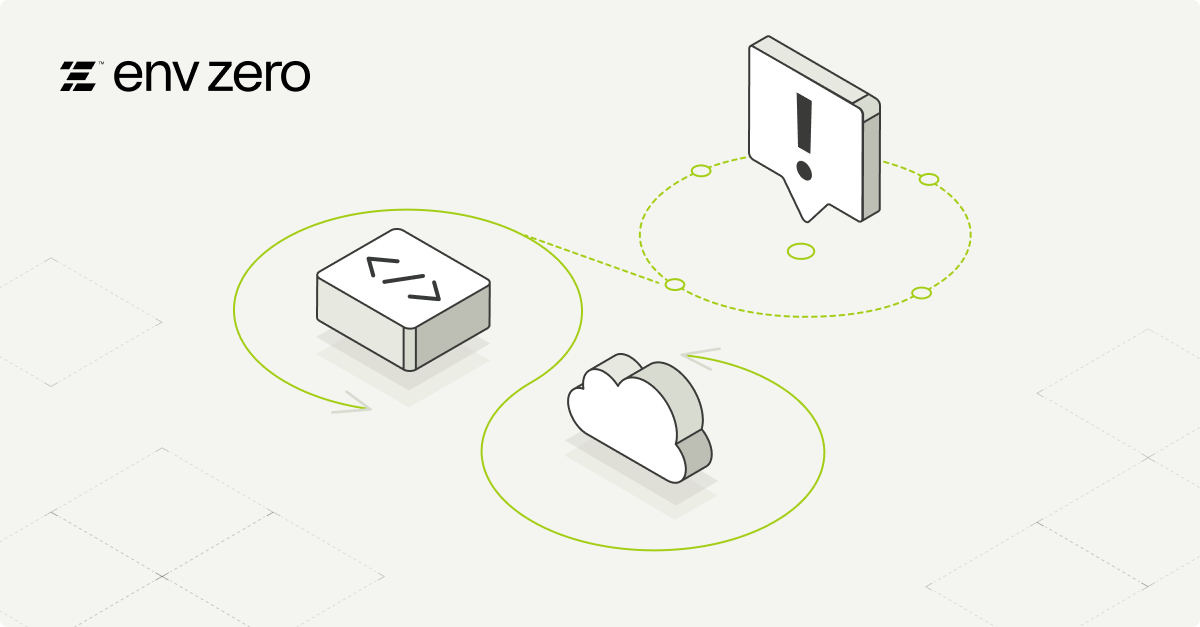

Cloud infrastructure management is a complicated task for organizations of all sizes. Infrastructure teams are increasingly asked to improve developer velocity, unlock access to different cloud platforms, and provide comprehensive visibility into cost and performance.
Choosing the right cloud orchestration tool reduces the burden on infrastructure teams. A robust cloud orchestration tool can automate complex workflows, support Infrastructure-as-Code (IaC) best practices, increase security, and provide comprehensive visibility.
What is Cloud Orchestration?
Creating a robust cloud environment requires organizations to prioritize consistency, security, and efficiency. Infrastructure teams are expected to reduce the manual effort involved in deploying cloud services while also minimizing the operational risks that come with rapid growth. This is a significant challenge that demands a thoughtful approach to automation.
Cloud orchestration tools take a holistic approach to cloud environment management, addressing these concerns. A cloud orchestration platform automates infrastructure deployment and management while coordinating the many interdependent components. It acts as the conductor of an orchestra—ensuring each part functions smoothly while maintaining awareness of the bigger picture.
Without cloud orchestration, infrastructure management becomes fragmented. This fragmentation introduces security risks, increases cloud costs due to inefficient resource allocation, and results in inconsistent deployments. A cloud orchestration platform brings these elements together, improving efficiency, security, and consistency across cloud operations.
Cloud Orchestration vs. Cloud Automation and Configuration Management
Cloud automation, orchestration, and configuration management are closely related but serve distinct purposes in managing cloud infrastructure. Cloud automation uses tools to perform repetitive tasks without human intervention, such as provisioning virtual machines or scaling resources. Configuration management ensures that a system’s state is consistent with the desired configuration expressed as code.
Cloud orchestration is broad, and it coordinates multiple automated tasks across different services and systems to achieve a higher-level workflow. This involves deploying a complete environment with networking, storage, and compute resources working together. While automation and configuration management handle specific tasks, orchestration ensures these tasks run in a sequence that meets operational goals.
Cloud Orchestration vs. Cloud Automation and Configuration Management
Cloud automation, cloud orchestration, and configuration management are closely related but serve distinct purposes in managing cloud infrastructure.
Cloud Automation
Cloud automation uses tools to perform repetitive tasks without human intervention, such as provisioning virtual machines or scaling resources. Performing automated tasks is quicker and less error-prone than allowing humans to perform complex cloud orchestration workflows. Integrating automation is also one of the primary benefits of cloud orchestration.
Configuration Management
Configuration management ensures that a system’s state is consistent with the desired configuration expressed as code. For example, a web server may require certain software and a specific configuration to host an application. Configuration management ensures that the server is always configured properly without human intervention.
Cloud Orchestration
Cloud orchestration is broad, and it coordinates multiple automated tasks across different cloud services and systems to achieve a higher-level workflow. This involves deploying a complete environment with networking, storage, and compute resources working together. While automation and configuration management handle specific tasks, cloud orchestration tools ensure these tasks run in a sequence that meets operational goals.
An example: Cloud Orchestration in Action
Consider a common scenario for most infrastructure teams: deploying a complex environment using different tools and multiple cloud services. Terraform is used to deploy an Amazon EKS cluster, Helm deploys an application into the cluster, and Ansible sets up monitoring and alerting.
In most environments, this set of tasks is disjointed and difficult to manage holistically. These interdependent tasks might be tied together with custom scripts, CI/CD pipelines, or even manually run steps. This results in a brittle workflow that is prone to failing.
Cloud orchestration unifies these tools into an end-to-end workflow that seamlessly delivers the complete cloud environment using a structured workflow. This enables developer self-service while maintaining governance, preventing unnecessary costs, and reducing complexity with automated controls.
A cloud orchestration tool connects all of the necessary tools and provides a single location for operational visibility into the success of the automation flow.
Cloud Orchestration Tools
A variety of cloud orchestration technologies exist, and each offers a different set of features and functions. Below are some of the popular cloud orchestration solutions that exist today.
Openstack Heat
Heat is an OpenStack project that uses declarative templates to compose infrastructure workloads. It is an ideal tool for on-prem and hybrid cloud environments, but OpenStack is associated with a high learning curve that may intimidate new users.
IBM Cloud Orchestrator
IBM Cloud Orchestrator is a platform that combines OpenStack Heat with other IBM automation offerings. It supports on-premises and public cloud providers, and it includes integrations for Amazon EC2, IBM SoftLayer, and Microsoft Azure. It features self-service, cost management, and cloud monitoring capabilities.
Kubernetes and the Operator Pattern
Kubernetes is becoming increasingly popular for managing applications and the infrastructure they run on. The Operator pattern, exemplified by projects like Crossplane, extends Kubernetes to handle the provisioning and management of arbitrary cloud resources.
This approach is powerful, but it can be very complex and requires a large amount of custom development effort.
Morpheus
Morpheus is a self-service platform for provisioning hybrid cloud resources. It provides a self-service catalog of resources across bare metal, virtual machines, cloud platforms, and PaaS services. It also includes FinOps capabilities for cloud cost visibility.
CloudBolt
CloudBolt is a hybrid cloud management platform that supports public cloud platforms and on-premises infrastructure in VMware. It integrates with common automation tools, such as Terraform, Ansible, and native cloud-provider tools. It also focuses heavily on cost optimization and includes robust FinOps capabilities to reduce cloud spend.
How env0 Goes Beyond Traditional Cloud Orchestration
Existing cloud orchestration tools and approaches address parts of the overall orchestration puzzle but often leave gaps. A broader approach is needed to enable self-service workflows that accelerate cloud deployments, strengthen security, keep costs under control, and support continuous improvement with monitoring and visibility.
env0 extends cloud orchestration beyond basic automation, providing a more comprehensive way to manage cloud resources. This is built on four key principles that bring automation, governance, and visibility into cloud environments.
Codification and Infrastructure-as-Code Native Approach
Writing Infrastructure as Code (IaC) is time-consuming and difficult, especially in existing environments where resources exist outside of code repositories. Organizations of all sizes and maturity levels struggle to implement IaC practices that cover their entire cloud footprint. However, this is a necessary first step in any cloud orchestration journey. It’s impossible to automate resources that aren’t represented as code.
The env0 approach to cloud orchestration takes this to the next level and helps organizations find and codify their cloud resources. env0 supports existing IaC through its rich set of integrations, and it also helps infrastructure teams to streamline the importing of resources that exist outside of their IaC. This is accomplished through several features:
- IaC Coverage Tracking - Infrastructure teams need to understand how much of their cloud footprint is codified to ensure consistency and control. env0’s proprietary AI-assisted logic analyzes cloud environments to assess IaC coverage, identifying resources that are not yet managed as code. This provides visibility into what is codified and what still needs to be, helping teams improve automation and governance.
- Streamlined Resource Importing - Once gaps in IaC coverage are identified, the next step is bringing unmanaged resources under IaC management. Manually writing code for these resources is time-consuming and error-prone. Cloud Compass simplifies this process by using generative AI to create custom import blocks, making it easier to incorporate existing resources into your IaC codebase.
- Drift Management - Identifying resources that differ from their defined IaC state is only part of the challenge—understanding why drift happens and taking the right action to resolve it is just as important. env0 automatically detects drift, analyzes its root causes, and provides remediation options. Teams can revert unintended changes, update IaC definitions to reflect necessary modifications, or apply corrective actions—ensuring infrastructure stays aligned with its intended state.
- GitOps - Managing infrastructure through version control ensures consistency, traceability, and collaboration while fitting into existing development workflows. Automating environment creation, planning, deployment, and updates through pull requests keeps infrastructure in sync with Git as the source of truth. With Environment Discovery, env0 further streamlines this process by automatically identifying and managing environments, enabling teams to handle infrastructure changes as efficiently as application code.
Self-Service for Cloud Provisioning
Infrastructure and DevOps teams are constantly pressured to improve developer velocity and reduce the time to deploy cloud resources. Organizations want to enable self-service for their product teams, but a careless approach will quickly introduce security and financial risks. Teams need a way to enable their customers while providing “golden paths” to cloud adoption.
env0’s comprehensive approach to self-service allows product teams to ship code faster while providing guardrails to ensure that organizational policies and best practices are followed. Pre-defined deployment pipelines, reusable templates, and shared variables enable a golden path for product teams.
Integrations with industry-standard tools allow infrastructure teams to continue using the tools and approaches that they are familiar with while still providing the benefits of self-service provisioning.
Reducing Cloud Provisioning Risks with Policy Maintenance, Cost Controls, and Governance
Misconfigured and improperly provisioned cloud resources can have devastating security and financial impacts. Robust cloud orchestration must provide a way to mitigate this risk without slowing down self-service workflows.
env0 enables robust policy guardrails using approval workflows and policy-as-code to provide “golden paths” for IaC usage. Infrastructure teams can write governance rules using Open Policy Agent and combine these with approval policies to ensure that speed does not come at the cost of security.
A cloud orchestration platform has a high-level of visibility and access to an organization’s cloud infrastructure, so it must be secure. env0’s granular Role Based Access Controls (RBAC) and Single Sign On (SSO) integrations allow you to carefully manage access to projects and environments. Comprehensive audit logs also provide tracking of all changes and events across your infrastructure. Secrets, sensitive data, and state files are always encrypted at rest.
Cloud pricing is very complicated, and self-service introduces the possibility of quickly exceeding budgets. Infrastructure teams are ultimately responsible for cloud spend, so they must ensure that costs are kept in check. env0 integrates with Infracost and provides comprehensive cost controls for IaC.
These integrations allow organizations to forecast, monitor, and ultimately control their IaC costs. env0 provides visibility into actual and predicted cloud costs and enables infrastructure teams to prevent excessive costs using budget policies and thresholds. This complete approach to IaC cost management places organizations back in control of their cloud spend.
Visibility and Monitoring
Modern cloud environments are highly dynamic, especially when developer teams are empowered with self-service capabilities. Despite the constant change, infrastructure teams must still be able to quickly answer questions about their cloud infrastructure, such as:
- Are infrastructure resources compliant with organizational policies?
- Did a recent infrastructure change cause or contribute to an outage?
- Are cloud resources being used in a way that optimizes ROI?
These questions are difficult to answer in an environment that constantly changes. env0’s approach to cloud orchestration provides comprehensive monitoring and visibility into the overall health of cloud environments. Cost forecasting, budget policies, and monitoring of actual cloud spend provide FinOps capabilities that keep costs in check and help drive financial decisions.
Compiling the data necessary to gain actionable insights can be very costly and time-consuming for infrastructure teams as they navigate a fragmented ecosystem of tools. env0’s AI Analyst also provides infrastructure teams with an AI agent to quickly ask questions, generate insights, and create dashboards.
AI Analyst eliminates the need to manually compile data or learn complex models. Instead, teams can immediately ask questions and gain insights into drift trends, performance, IaC usage, and more.
Conclusion
Effective infrastructure management at scale requires more than just automation—it demands efficiency, control, and cost awareness. Traditional cloud orchestration tools automate workflows but often lack the governance and flexibility needed to support rapid growth. env0 goes beyond basic cloud orchestration, enabling self-service within guardrails, managing Infrastructure as Code efficiently at scale, and optimizing cloud spend—all while keeping teams agile and in control.
Schedule a demo today to see how env0 enables efficient, scalable infrastructure management with the right balance of automation and governance.
.avif)
.webp)




